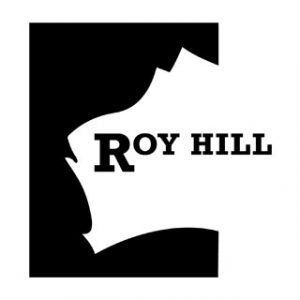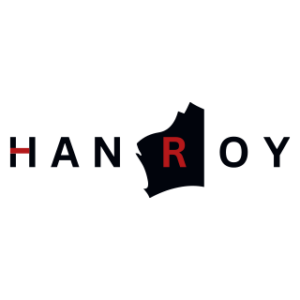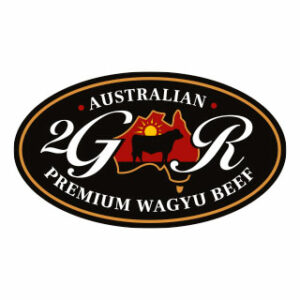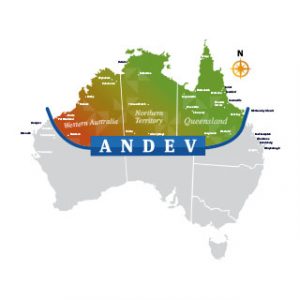
Article by Paul Sakkal and Shane Wright, courtesy of Business News
24.04.2025
Australia’s richest person, mining magnate Gina Rinehart, has called for a gargantuan rise in defence spending to 5 per cent of GDP at a sunset vigil before Anzac Day as Opposition Leader Peter Dutton and Defence Minister Richard Marles sat in the audience.
Dutton, Marles and former prime ministers Tony Abbott, Scott Morrison and John Howard were guests at the Channel Seven Anzac Day Eve ceremony just outside the Sydney Opera House.
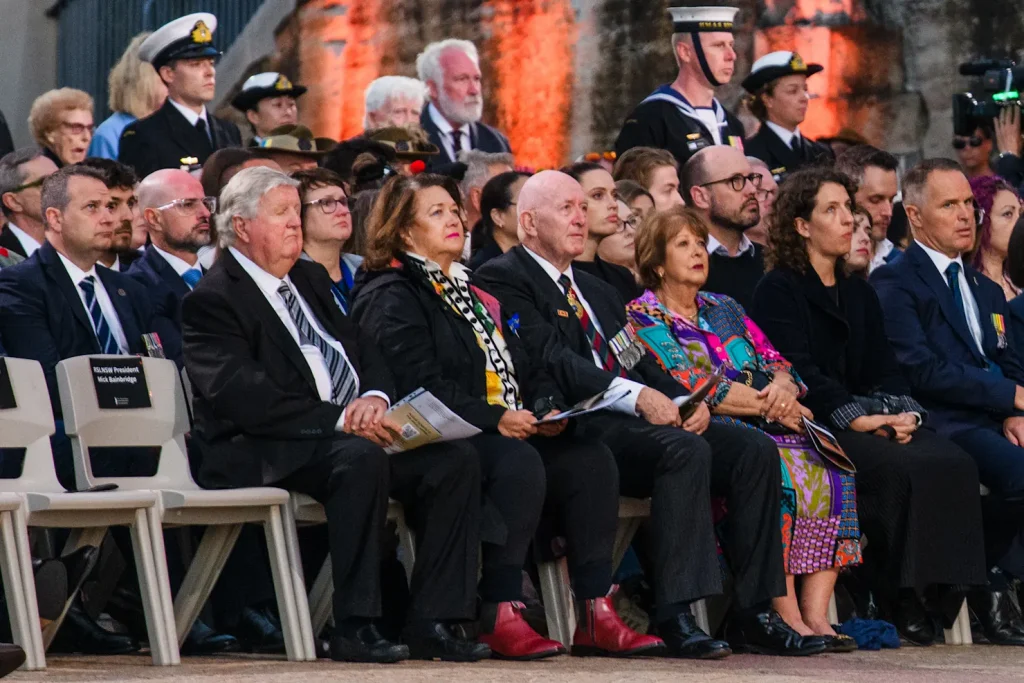
It came a day after the Coalition leader said if his party formed government, it would take defence spending to 2.5 per cent of GDP by 2030 and to 3 per cent by the middle of the next decade.
Defence spending under Labor is projected to rise from 2.02 per cent of GDP this year to 2.3 per cent by 2034, making the Coalition’s 3 per cent long-term pledge significantly more ambitious.
However, both parties’ promises pale in comparison to Rinehart’s intervention as she claimed, “we urgently need to do more to defend Australians, starting with protecting our ports, airports, sea lanes and other vital infrastructure, and significantly boosting our smart sea mines, war drones and Israeli-style [missile defence] domes accordingly.
“Boosting our defence manufacturing here in Australia, as well as our budget to 5 per cent of GDP. Five per cent of GDP, like Europe is moving towards.
“I have so much more to say on this, at another time.”
A rise to 5 per cent of GDP would almost certainly cripple the federal budget. The Coalition’s plan to drive defence spending to 3 per cent of GDP would create a $100 billion budget hole in the first half of the 2030s.
In announcing his policy on Wednesday, Dutton would not be drawn on how he would pay for the huge ramp-up in expenditure, except to repeal Labor’s small tax cuts that are due to be in place in full from mid-2027.
Liberal campaign spokesman Senator James Paterson defended the Coalition’s target of 3 per cent of GDP in an interview with Sky News on Thursday morning.
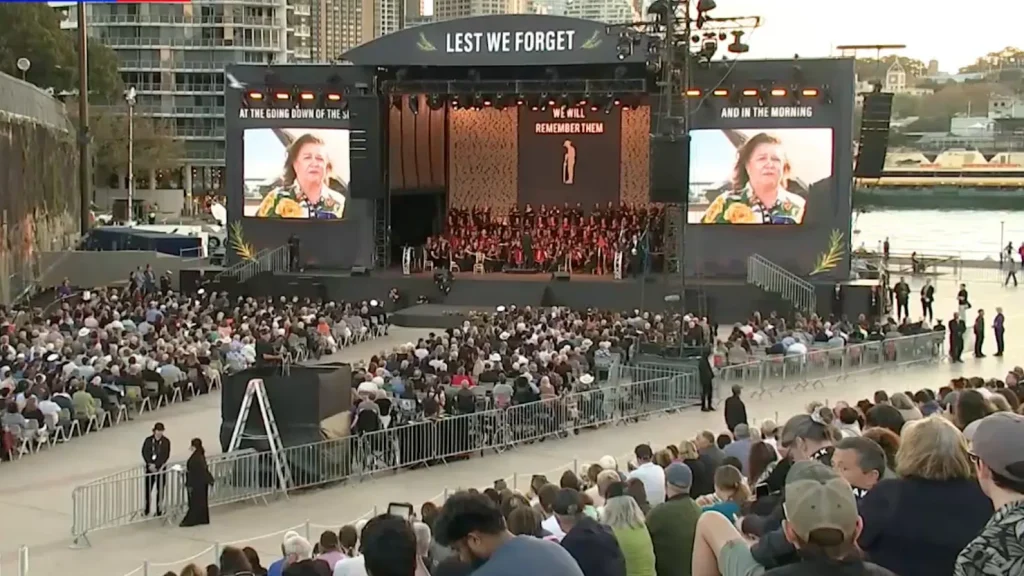
He said the party was following the expert advice of “people like Sir Angus Houston, the former chief of defence, who conducted the Defence Strategic Review for this government and who says we need to be spending 3 per cent of GDP. And there are many other voices in the public debate who agree with him, including former deputy prime minister and defence minister Kim Beazley”.
Paterson pointed to the late response to live firing exercises conducted by a Chinese warship in the Tasman Sea in February as evidence the Australian Defence Force was too stretched.
“Nobody contends that we’re spending enough on defence right now. And Richard Marles would love to have a number like this.”
At a press conference in Tomago on Thursday, Marles said the Albanese government had budgeted for “the biggest peacetime increase in defence spending that has occurred in Australian history”.
“We certainly agree that the world is an unpredictable place, and that our strategic circumstances are as complex and in some respects, as threatening as we have faced since the end of the Second World War,” he said.
“So it’s no small step that we’ve already taken, and we will continue to assess the strategic circumstances and what is the appropriate defence spend in the context of all of that.”
The last time Australia’s defence budget hit 5 per cent of GDP was in the 1950s, during the Korean War.
Only a handful of countries have defence spending above 5 per cent of their nation’s GDP, and many of those are involved in current conflicts – including Ukraine, Russia and Israel.

